12 Houseplants That Help Promote Cleaner Air
Turn over a new leaf with some help from these air-purifying plants


Whether you have a green thumb or not, bringing plant life into your home is an easy way to clear the air—literally! That’s because many common, easy-to-care-for houseplants have been scientifically proven to eliminate air pollutants that are common in indoor environments.
Use this guide to find a houseplant for freshening the air that suits both your personal preferences and indoor gardening skill level.
1. Snake Plant
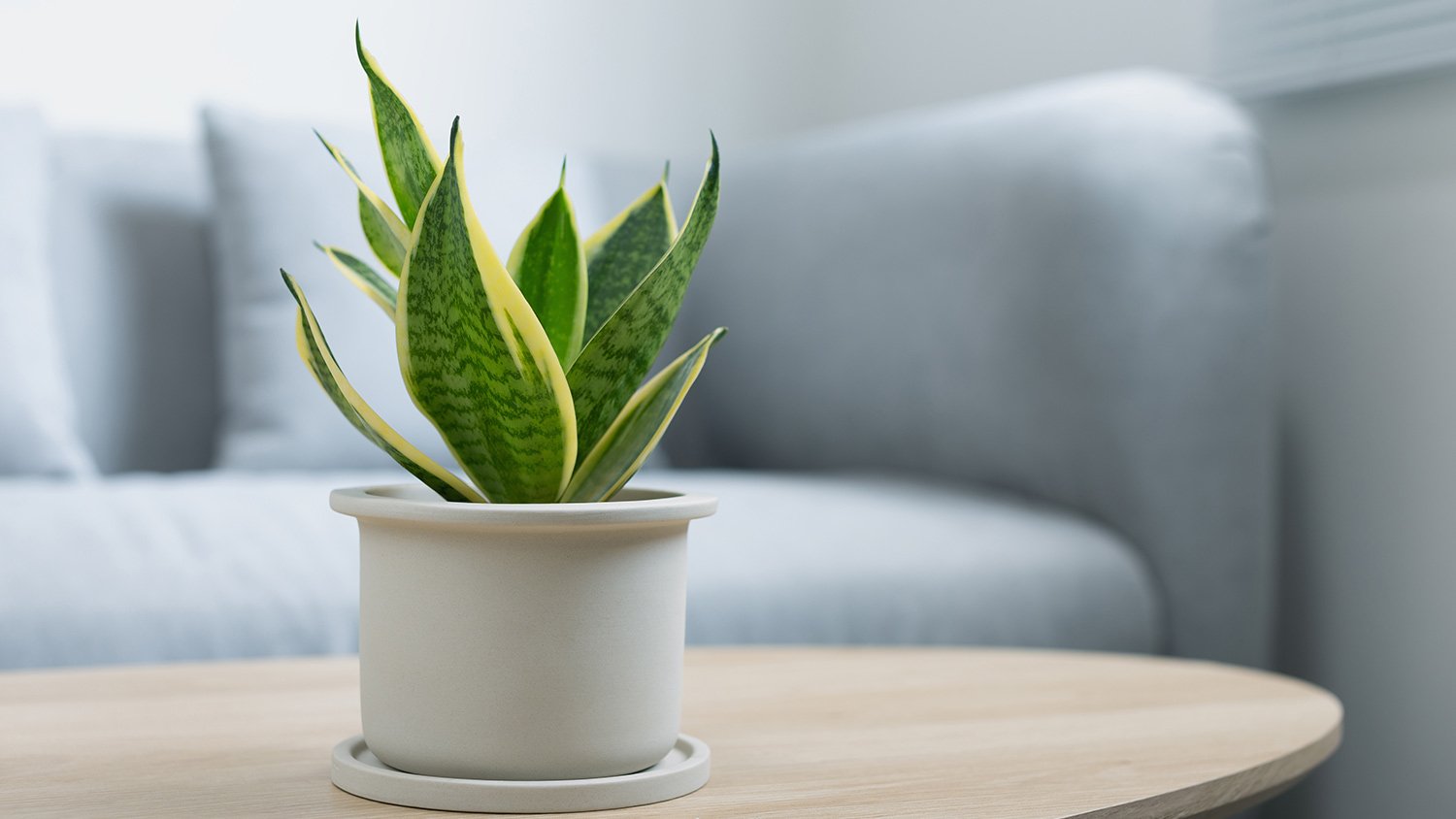
Also known as mother-in-law’s tongue, snake plants do a lot of heavy lifting despite how low maintenance they are. They’re part of the dracaena genus, a category of plants that’s filled with houseplants for clean air, like warneckii and marginata.
According to the National Aeronautics and Space Administration’s 1989 clean air study, snake plants are among the most effective at removing common volatile organic compounds (VOCs), like benzene in detergent, trichloroethylene in paint, and formaldehyde in cleaning agents. And, unlike plants that rely on sunlight to produce oxygen, snake plants actually work by night. Keep this houseplant in your bedroom to ensure fresh, clean air while you sleep.
2. Spider Plant

Spider plants are low-maintenance but they have a lot of air-clearing capabilities. The NASA study that they greatly reduce levels of benzene, formaldehyde, carbon monoxide, and xylene—a compound found in many solvents and paint thinners—in indoor environments.
3. Peace Lily
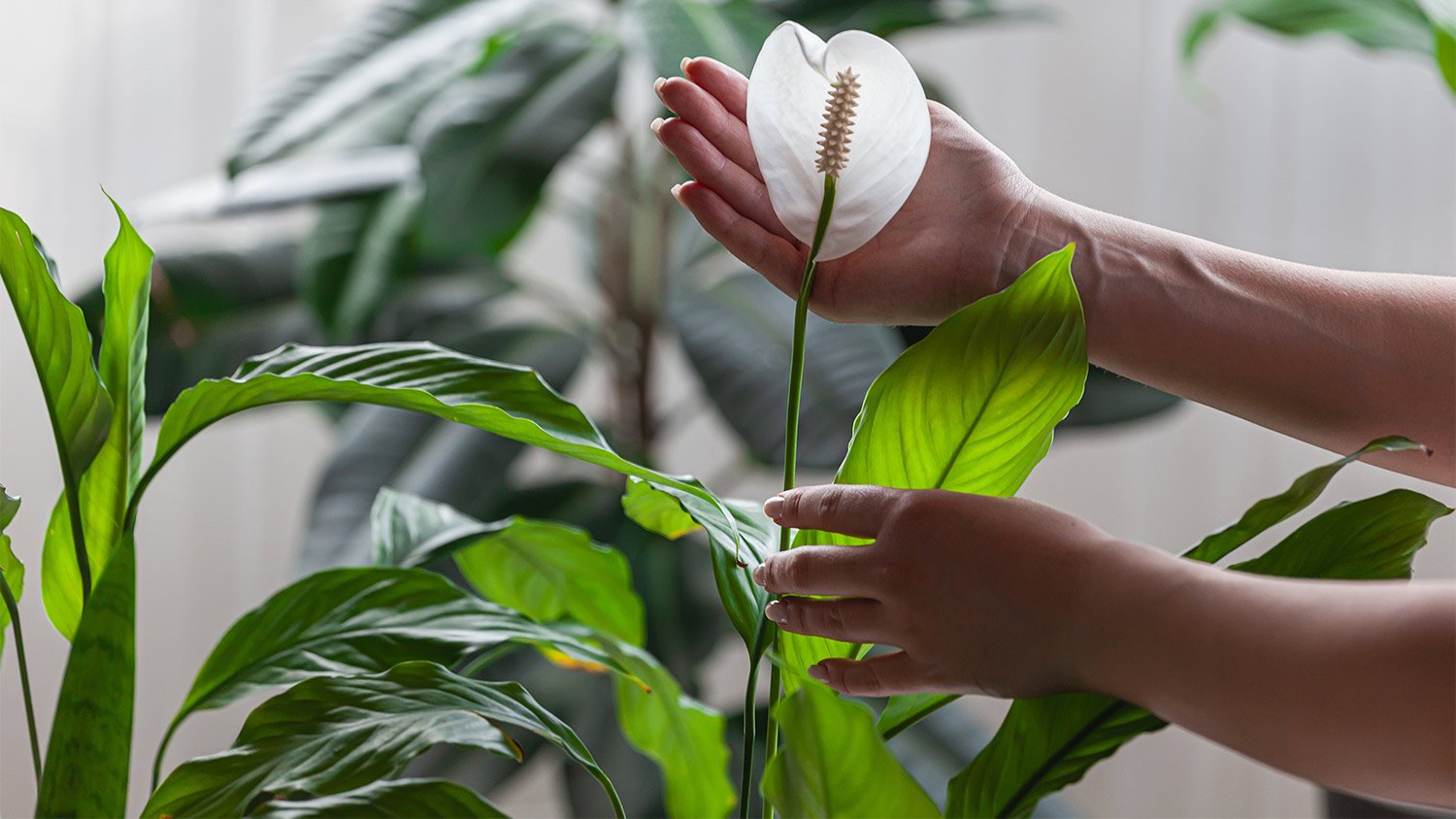
This flowering plant is another that’s great at reducing levels of benzene, formaldehyde, and trichloroethylene, among other VOCs. Though it may begin to wilt when left unwatered for an extended period of time, a quick run under the sink is usually all it takes to make it bounce back to its original greatness.
But this plant is also toxic to animals, so make sure to keep it out of reach from any furry friends in your household.
4. English Ivy
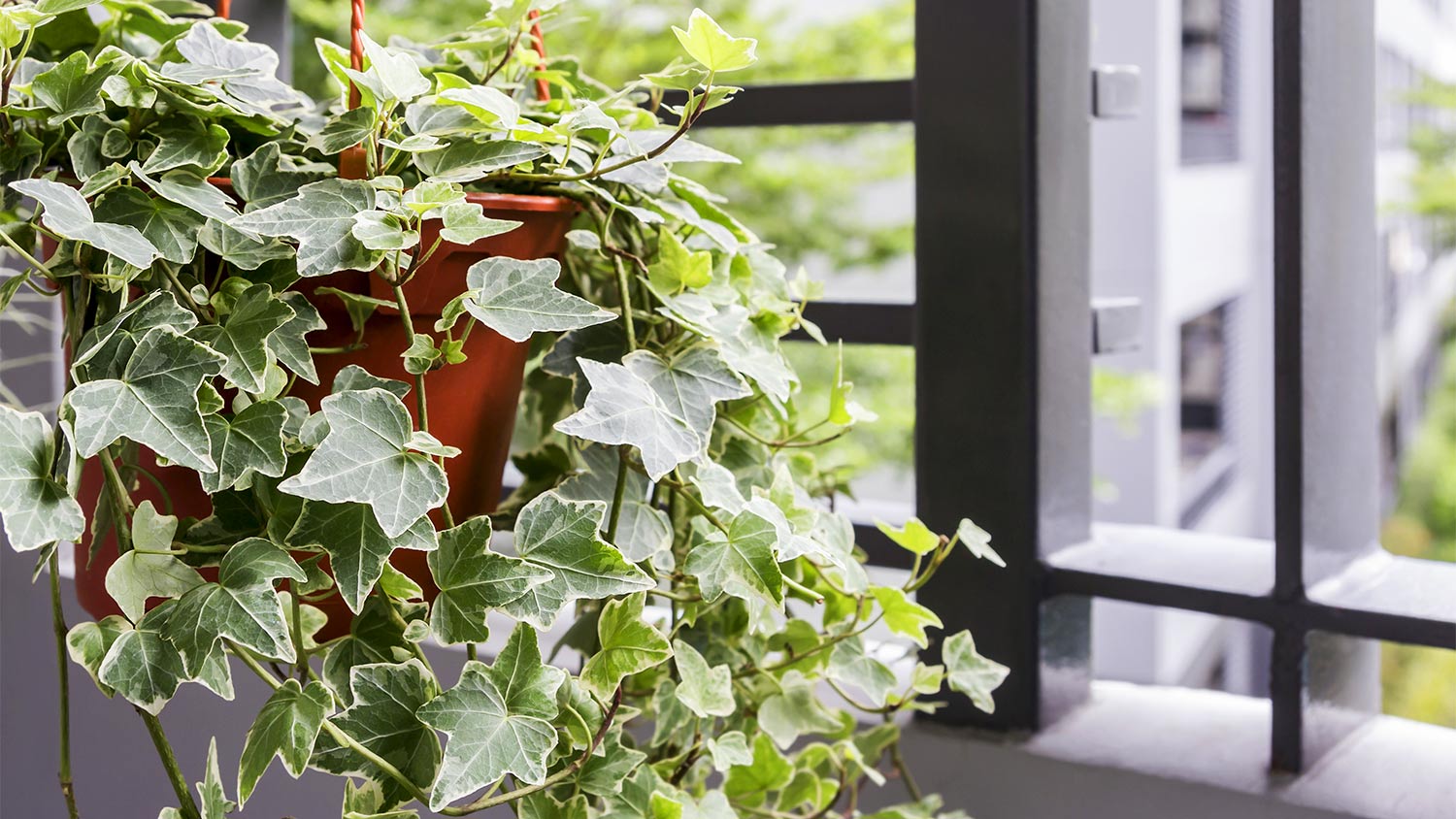
English Ivy is a great option for you if you don’t get a lot of natural light in your home because it’s actually better off in shaded or dim environments than sunny ones. Like the other plants on this list, it’s also adept at removing VOCs like benzene and formaldehyde from indoor settings.
5. Boston Fern
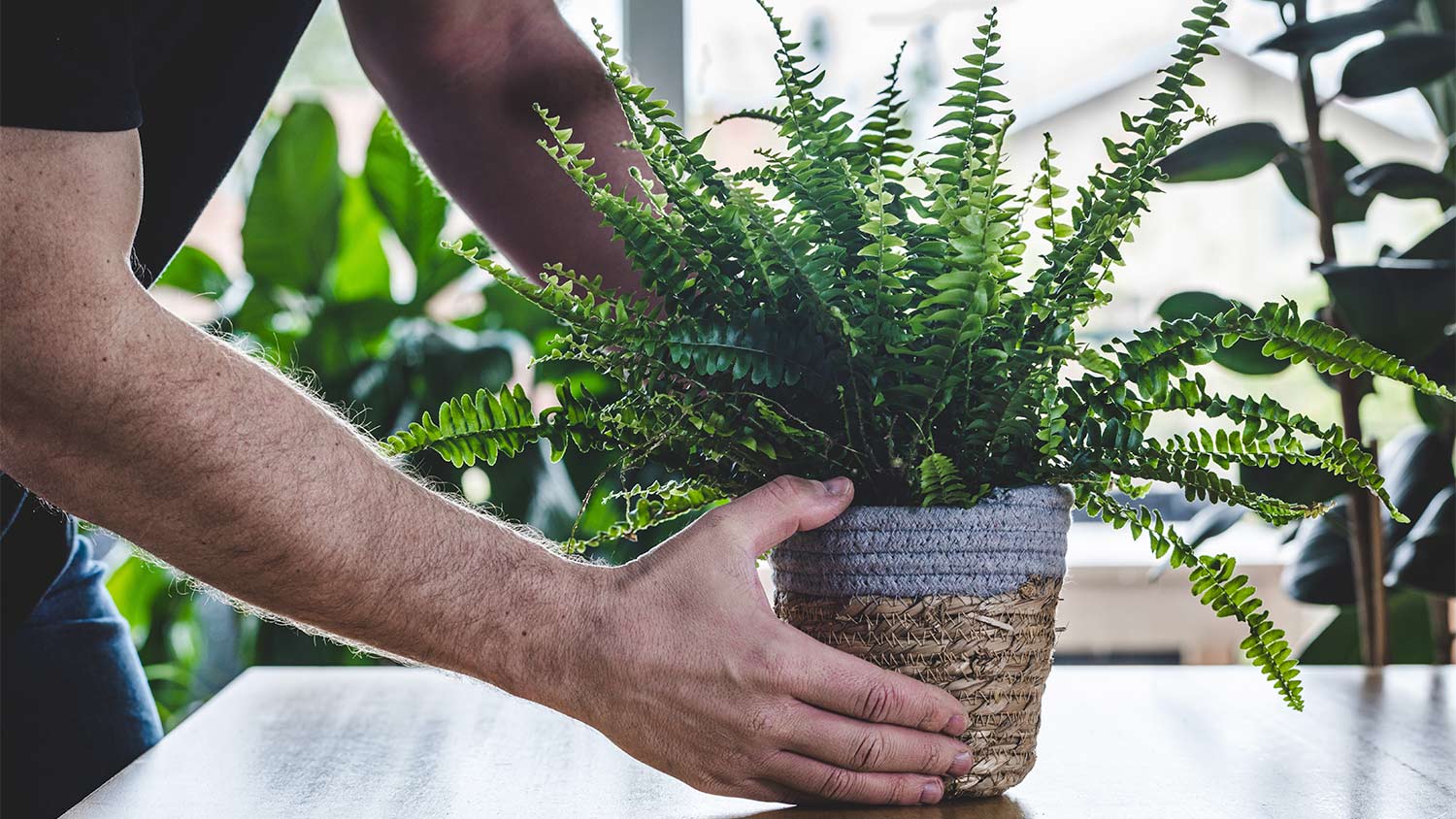
Recent research from the Netherlands shows that Boston ferns, among other ferns, are some of the most effective houseplants for removing VOCs from indoor environments, including benzene and formaldehyde. They thrive in humid atmospheres and indirect light, so they’re a perfect option to put in your bathroom.
6. Golden Pothos
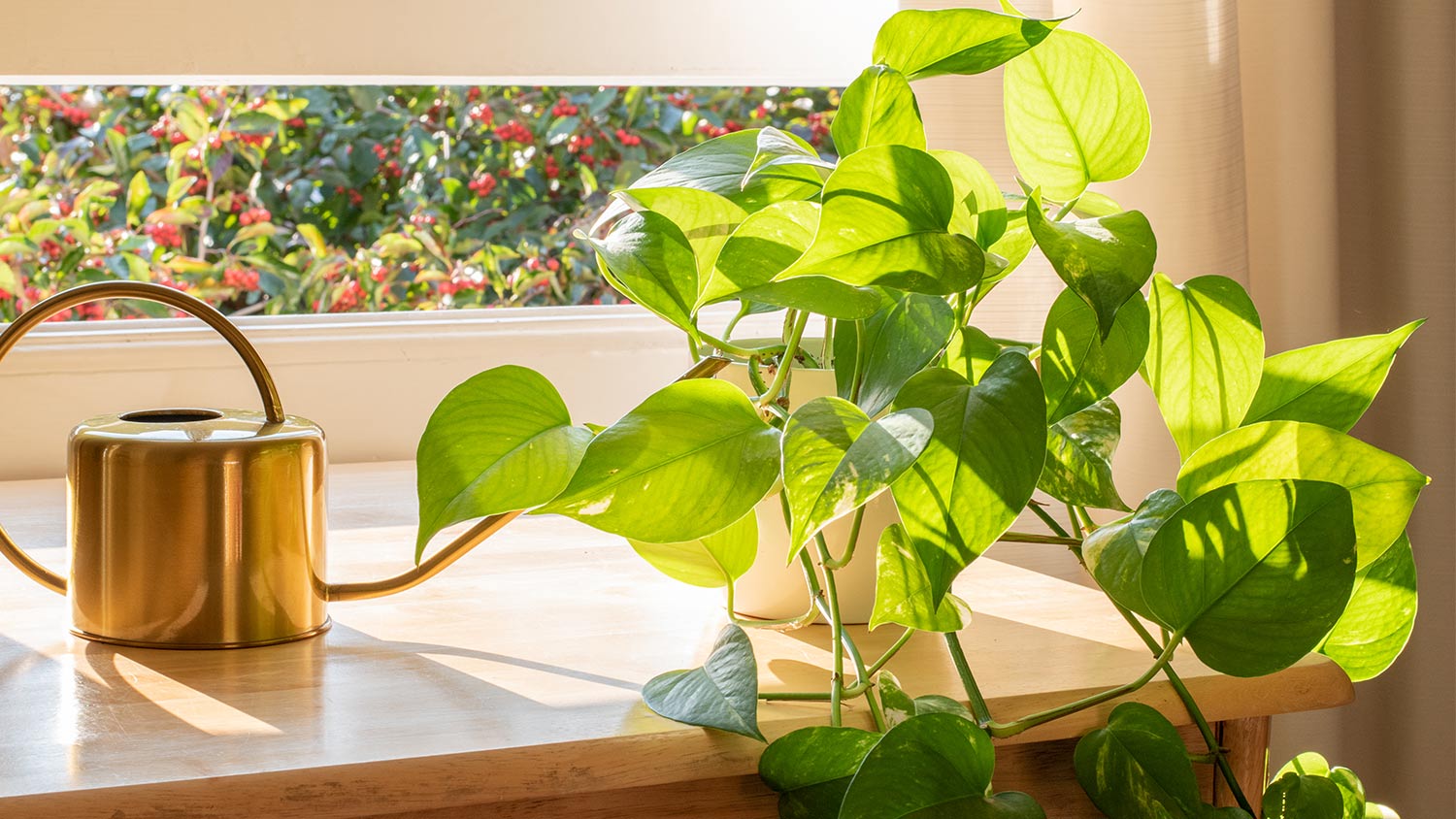
Golden pothos only need to be watered every one to two weeks depending on the dryness or humidity of your environment. And they’re shown to reduce sizable amounts of common VOCs, despite how little care they need.
7. Chinese Evergreen
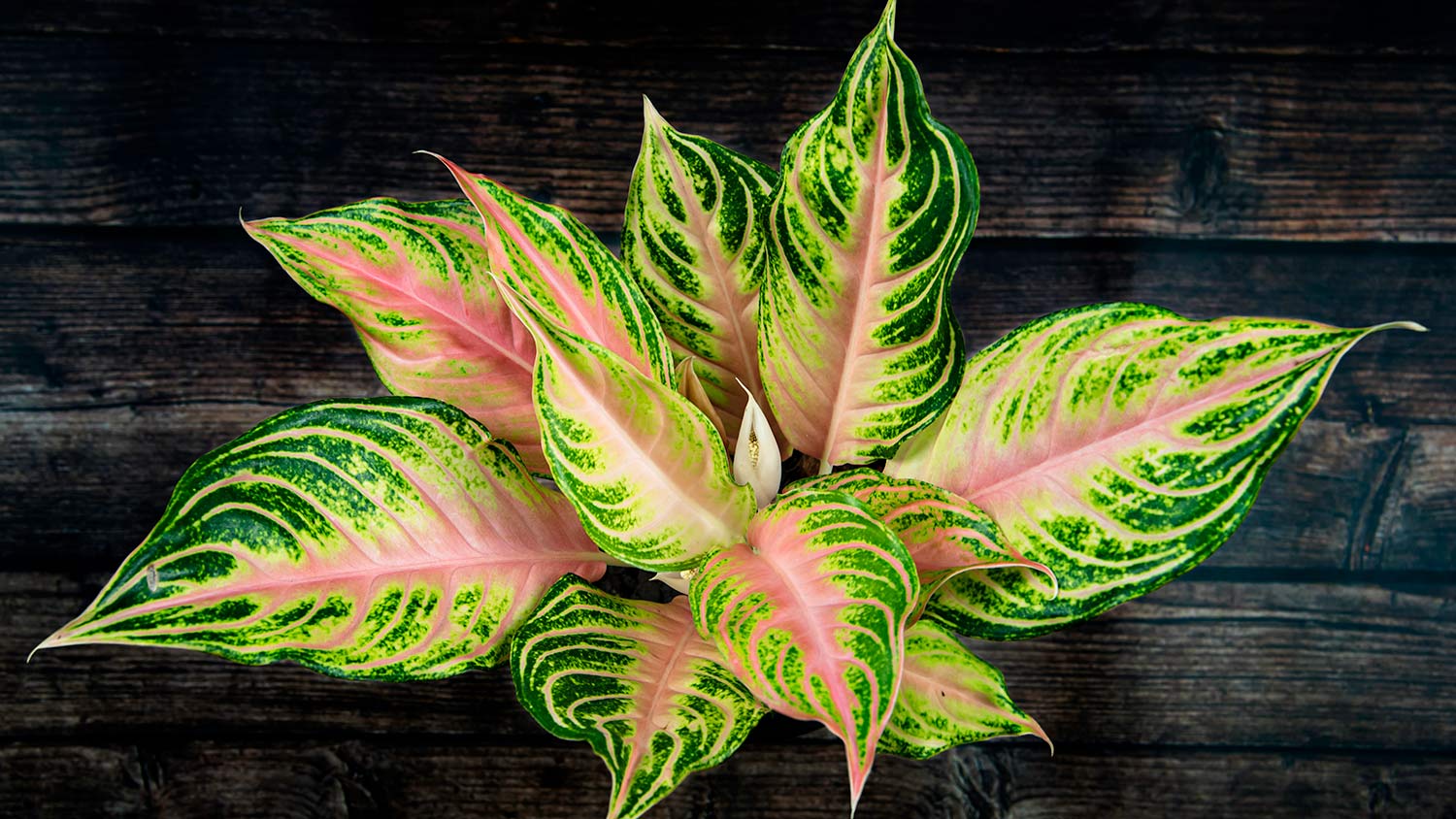
Found in an array of pink and silver shades, Chinese evergreens are stunning houseplants for clean air. Like the others on this list, they’re also great at removing benzene, formaldehyde, carbon monoxide, and trichloroethylene from indoor spaces. Care for them by ensuring the soil is moist after waterings and rewatering when the top two inches have fully dried out.
8. Gerbera Daisy
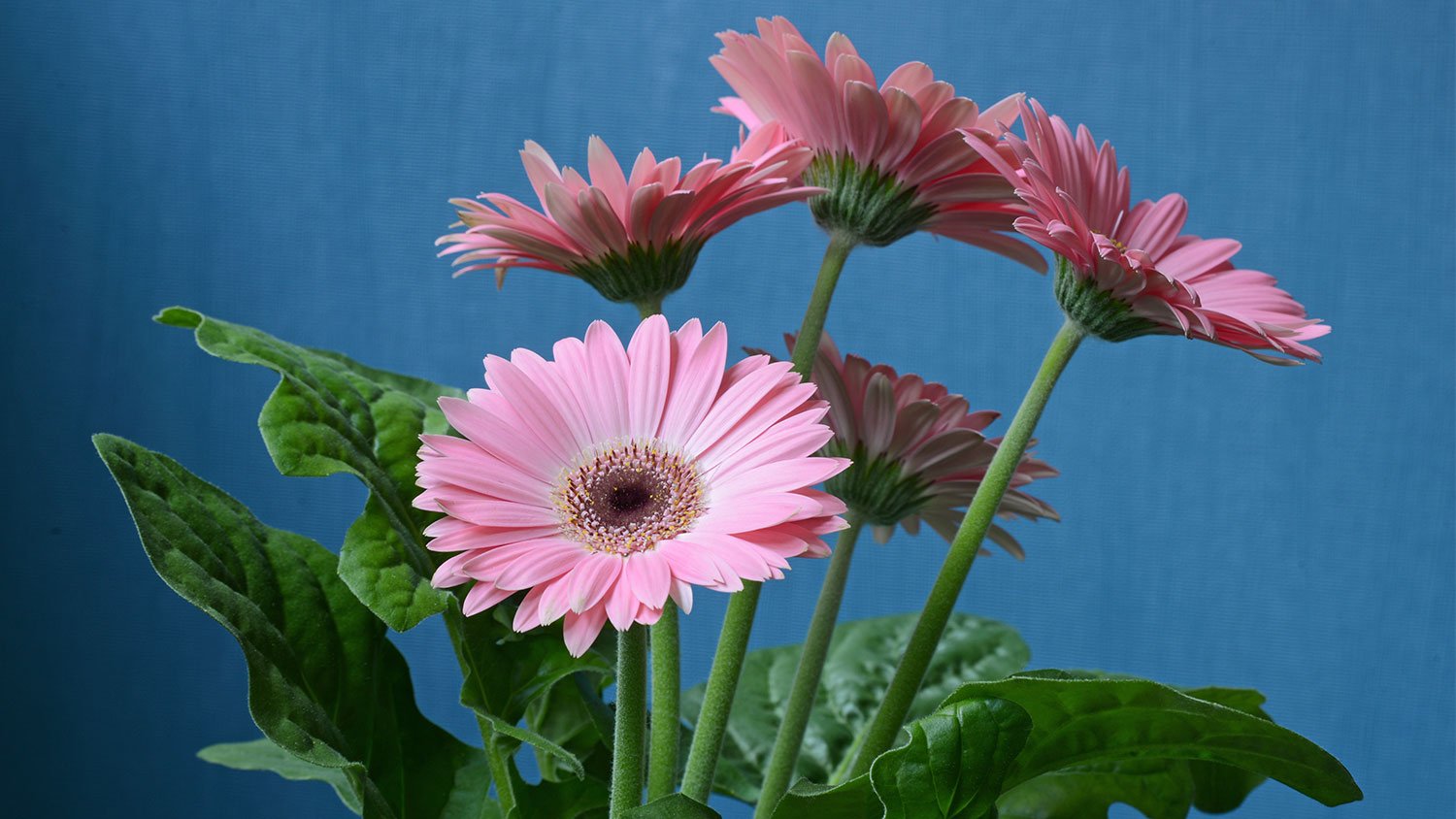
This flowering plant produces long-lasting blooms and does a great job of purifying indoor spaces. In fact, the NASA study found that it filters out higher levels than most other, non-flowering plants, largely thanks to additional filtering properties from its flower petals. Keep it in bright, indirect light, water whenever the top two inches of soil are completely dry to the touch, and expect colorful blooms from late spring through fall.
9. Chrysanthemums

Chrysanthemums, also known as mums, are another indoor, flowering plant that is especially adept at filtering common VOCs, like benzene and formaldehyde. Unlike gerbera daisies, though, they need to be watered every other day to stand the test of time.
10. Bamboo Palm
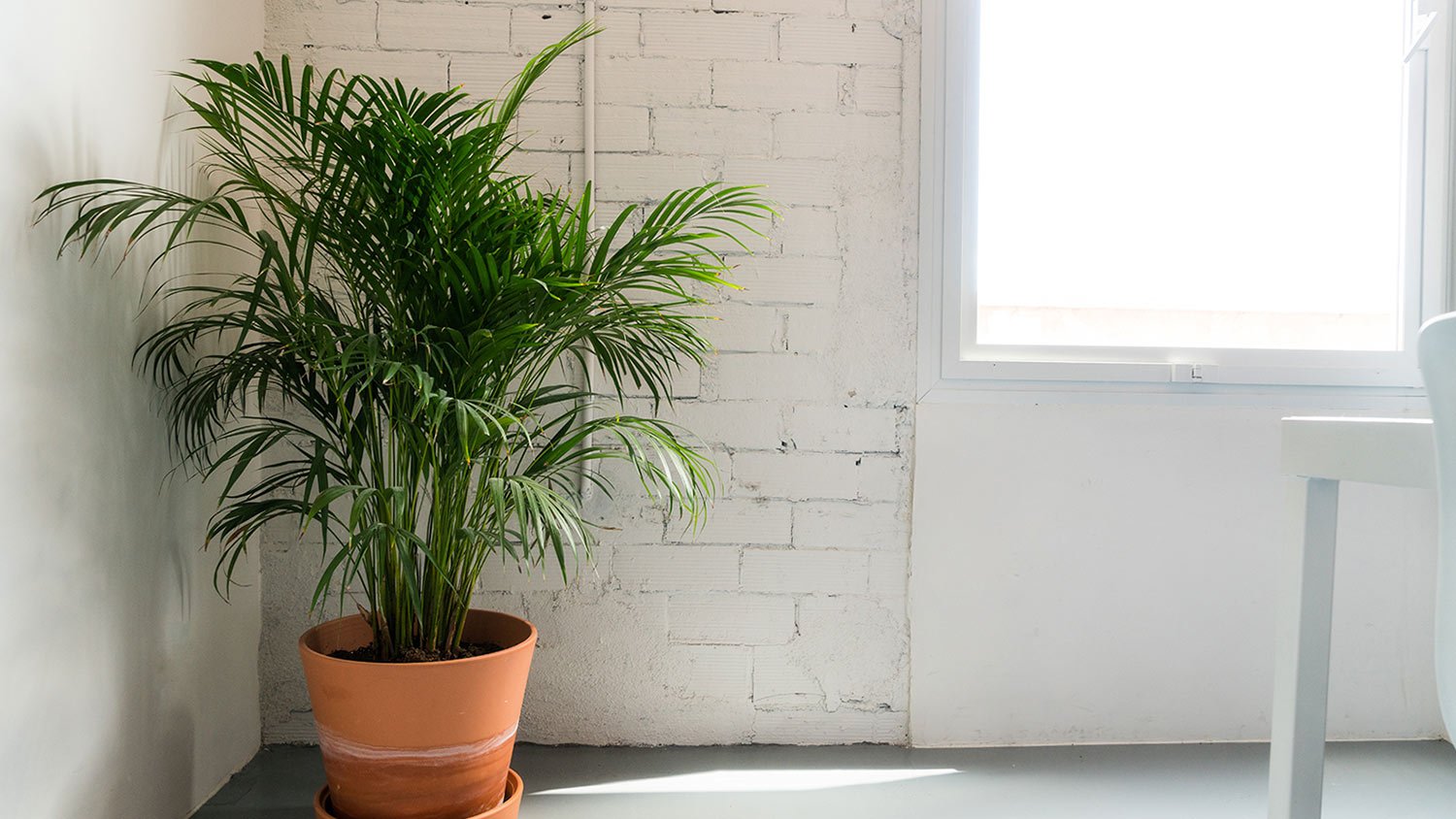
Bamboo palms top the list of non-flowering plants with strong air-purifying capabilities. The NASA study found that they’re unmatched at removing benzene from indoor environments, as well as similarly high levels of formaldehyde and trichloroethylene. Requiring only low light and weekly watering, they’re also extremely easy to care for.
11. Rubber Plant
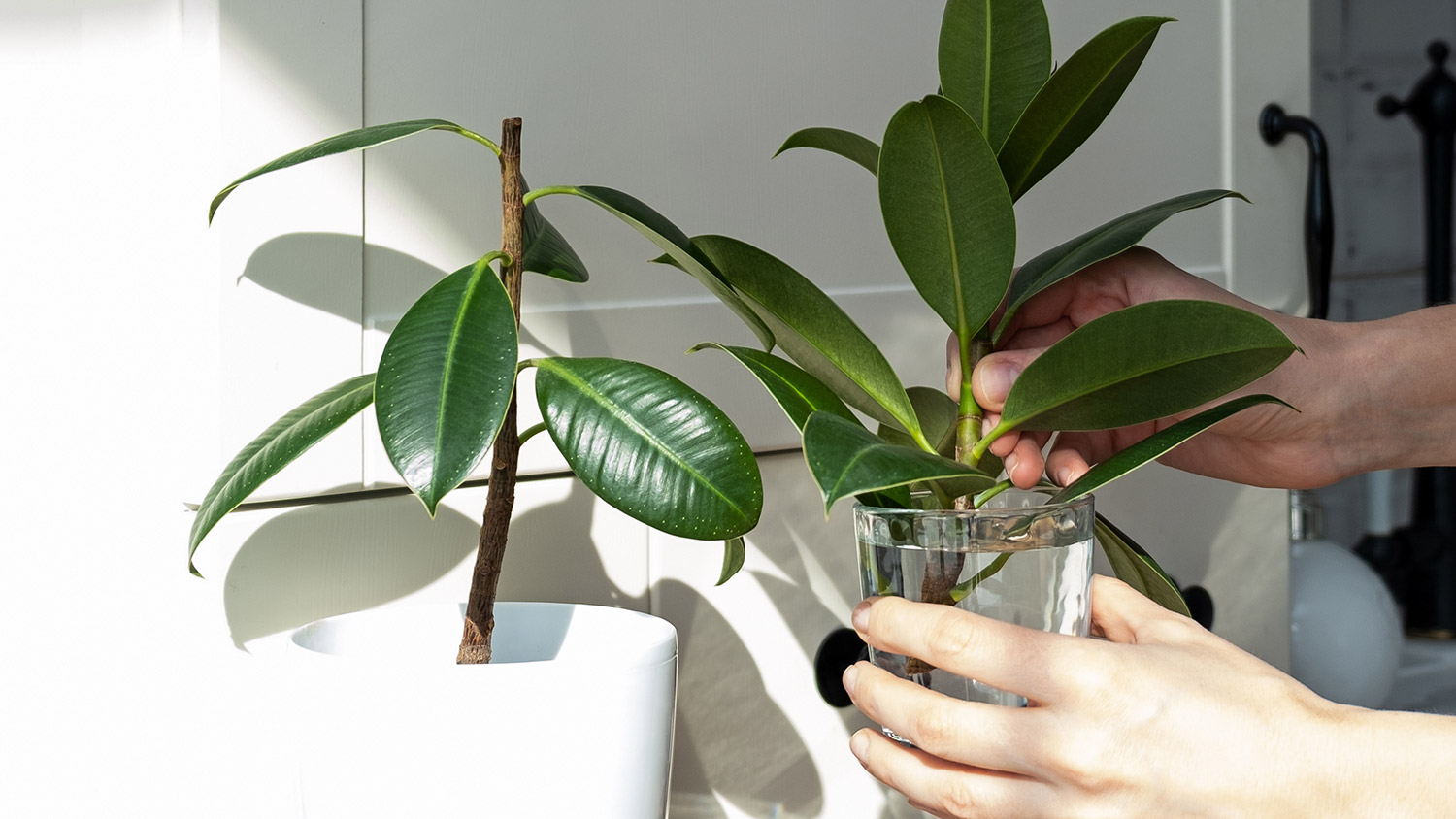
Rubber plants are especially sensitive to mold and, as a result, produce more oxygen than other plants to combat the associated risks. That means that, in addition to ridding indoor spaces of VOCs like mold spores and formaldehyde, they also fill your home with fresh, new O2. Care for them by placing them in indirect light and watering them every one to two weeks.
12. Philodendron
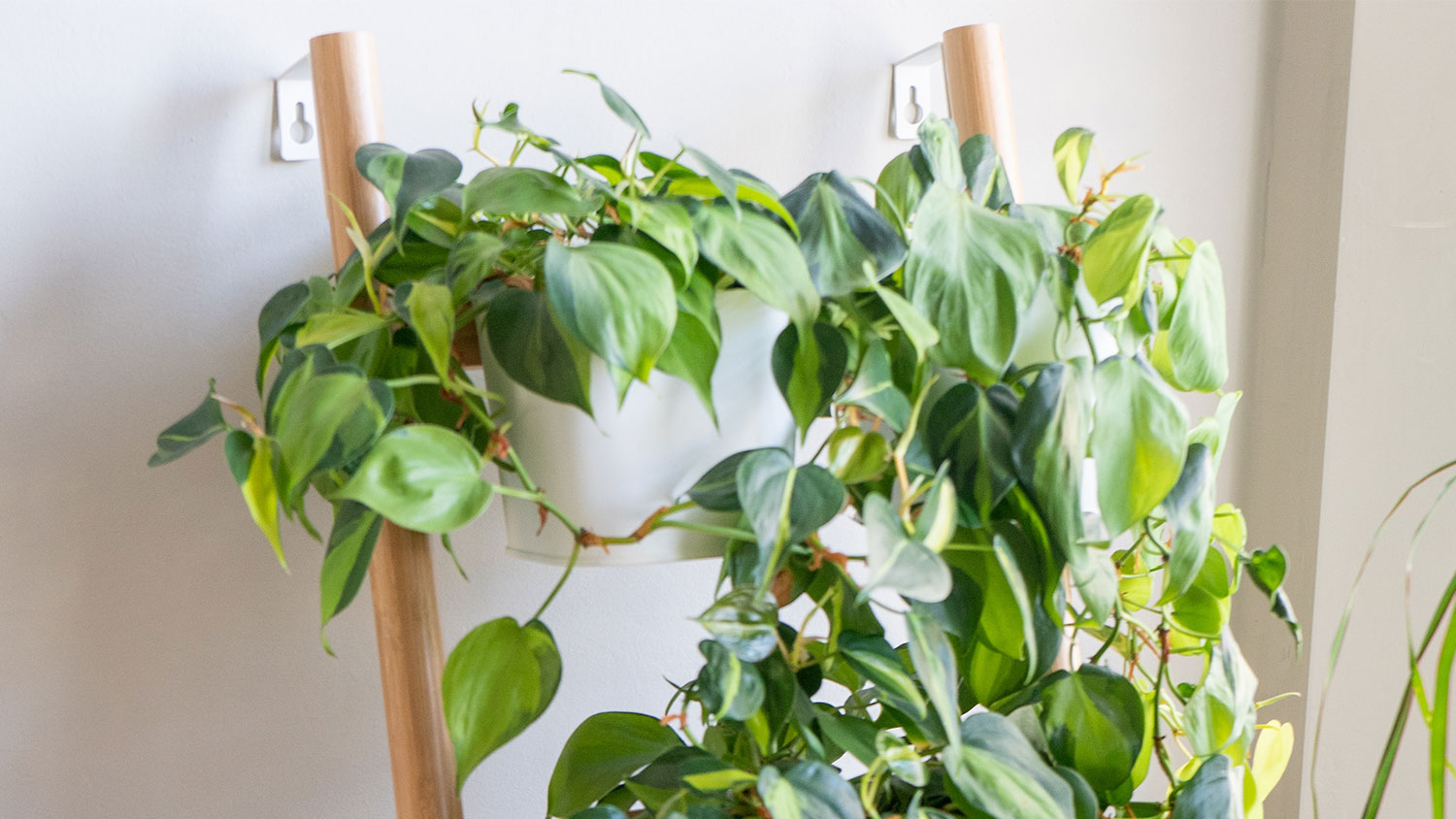
The philodendron genus includes an array of large-leaf plants like elephant ear and monstera deliciosa, all of which have been shown to reduce small amounts of formaldehyde in indoor environments. These types of plants thrive in indirect light and with weekly or biweekly waterings.





- Is Laminate Flooring Toxic to You and Your Family?
- 12 Easy Houseplants You Can Get On a Budget
- Bring Back Your Dying (or Dead) Plant With These 8 Tricks
- Breathe Easy: The Ultimate Guide to Cleaner Air at Home
- Don’t ‘Leaf’ the Lingo to the Pros: Learn These 36 Common Plant Vocabulary Words
- What Is Xeriscaping, and How Can You Do It Successfully?
- Breathe Easy: 10 Tips for Improving Your Indoor Air Quality
- 11 Tips for Creating a Bountiful Backyard Garden
- Plants That Attract Beneficial Pests, From Honeybees to Ladybugs
- The Definitive Guide to Biophilic Design










